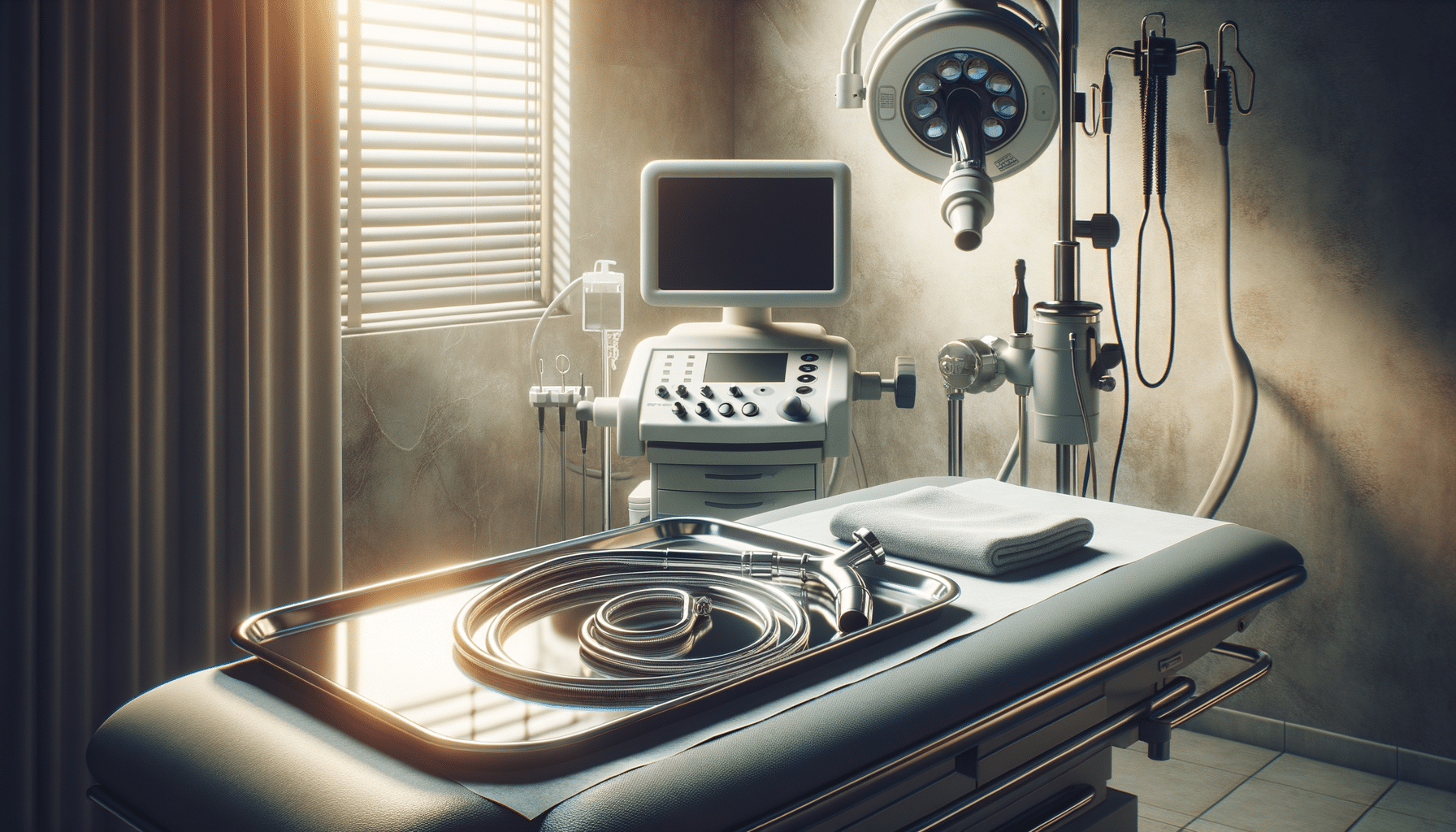
3 Insights You May Not Know About Colonoscopies
Introduction to Colonoscopies
Colonoscopy is a medical procedure that plays a crucial role in the early detection and prevention of colorectal cancer. Despite its importance, many people remain apprehensive about undergoing this examination. Understanding the process and its benefits can help alleviate some of these concerns.
A colonoscopy involves the use of a flexible tube with a camera at the end, known as a colonoscope, to examine the interior lining of the colon and rectum. This procedure allows healthcare providers to identify abnormalities such as polyps or cancerous growths, often before symptoms arise.
The importance of regular screenings cannot be overstated. Colorectal cancer is one of the leading causes of cancer-related deaths worldwide, yet it is highly preventable through early detection. By removing polyps before they become cancerous, a colonoscopy can significantly reduce the risk of developing colorectal cancer.
Preparing for a Colonoscopy
Preparation is a key aspect of a successful colonoscopy. Patients are usually required to follow a specific diet and bowel preparation regimen to ensure the colon is thoroughly cleansed. This process typically begins 24 to 48 hours before the procedure.
The dietary restrictions often include consuming only clear liquids and avoiding solid foods. This might seem daunting, but it’s a crucial step to ensure that the doctor can clearly see the colon’s lining. The bowel preparation usually involves taking a prescribed laxative solution to empty the colon completely.
While the preparation can be uncomfortable, it is essential for obtaining accurate results. Patients are encouraged to follow their doctor’s instructions closely and to communicate any concerns or difficulties they encounter during the preparation phase.
The Colonoscopy Procedure
On the day of the procedure, patients are typically sedated to ensure comfort throughout the examination. The colonoscope is gently inserted through the rectum and guided through the colon. The camera transmits images to a monitor, allowing the doctor to inspect the colon’s interior thoroughly.
During the procedure, the doctor may remove polyps or take tissue samples for further analysis. This proactive approach not only helps in diagnosing existing conditions but also in preventing potential future issues.
The entire process usually takes between 30 to 60 minutes. Patients are monitored until the sedation wears off and are advised to have someone accompany them home, as the sedatives can impair their ability to drive or operate machinery.
Understanding the Results
After the colonoscopy, the doctor will discuss the findings with the patient. If polyps or suspicious tissues are removed, they are sent to a laboratory for analysis. The results typically take a few days to a week to come back.
Understanding the results is crucial for planning the next steps. If polyps are benign, the doctor may recommend regular monitoring. However, if the results indicate cancer, further testing and treatment options will be discussed.
It is important for patients to ask questions and fully understand their results. This knowledge empowers them to make informed decisions about their health and any necessary follow-up care.
Conclusion: The Importance of Colonoscopies
Colonoscopy is a vital tool in the fight against colorectal cancer, offering both diagnostic and preventative benefits. By understanding the procedure, preparation, and potential outcomes, patients can approach this examination with more confidence and less anxiety.
Regular screenings are recommended for adults over the age of 50, or earlier for those with a family history of colorectal cancer. By prioritizing these screenings, individuals can take proactive steps towards maintaining their health and preventing serious conditions.
Ultimately, the goal of a colonoscopy is to ensure early detection and effective treatment of any issues, contributing to better health outcomes and peace of mind.


